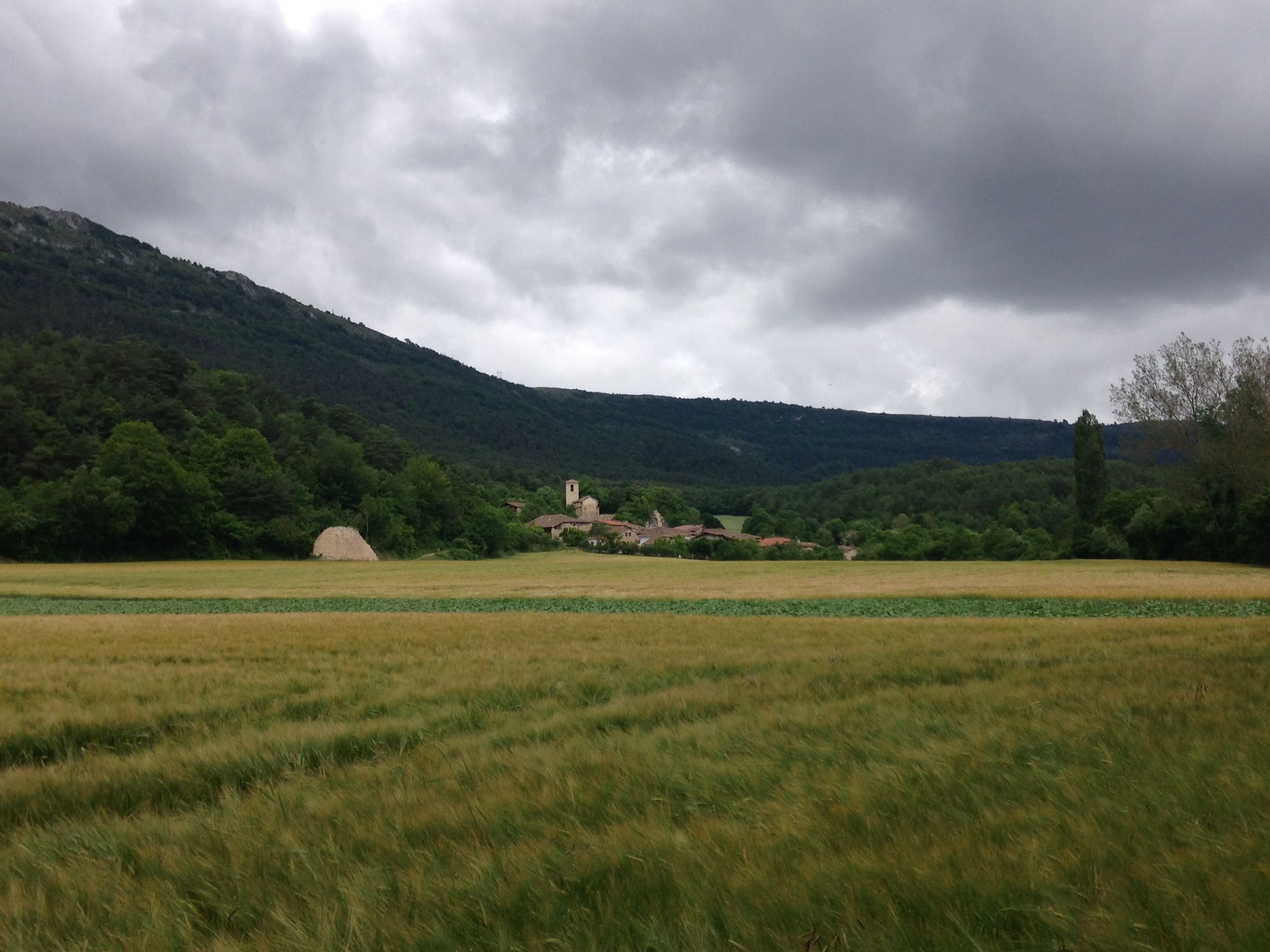Not intending to "discover" America
- Norway 986. Viking explorer Bjarni Herjólfsson moved to Iceland at the end of the winter, where he met with his parents. When he landed at Eyrar, he learned that his parents had sold the property and had left the island along with Erik the Red to settle in Greenland. Then Bjarni headed west, not knowing exactly why. At least that is what the Greenland saga says. This saga is the account of the colonization of Greenland initiated by Erik el Rojo and, precisely, the father of Bjarni, Herjulf Bårdsson, was one of the first settlers of these territories.

Three days after leaving for Greenland, the wind changed direction and a dense fog entered; the boat continued drifting for several days. Time was cleared and the crew sighted the coast, but Bjarni thought that the wooded relief of small hills could not be Greenland. Without landing, he and his sailors headed north.
Two days later they saw him dry again. But this didn't look like Greenland either, because he was told that there were big glaciers in Greenland. It approached the coast and there were no glaciers there, but plains covered with trees. The wind calmed down and the crew considered it to be the right time to land and supply themselves with water and firewood. But Bjarni said no, they didn't need anything and they were going to move on.
For three days, the southwest wind drove them, and for the third time, the arid land appeared on the horizon. It was a mountainous territory and from the boat it also looked like a glacier. They walked along the shore until they discovered it was an island. But it wasn't Greenland either. Taking advantage of the favourable wind, they returned to the high seas.
Four days and a strong storm lasted until they saw land for the fourth time. At last, Bjarni gave an order to land in order to rejoice the crews. They chose a narrow promontory, and by chance, Bjarni found his parents there. He stayed there until his father's death.
But the lands he had seen on his journey, which he hadn't stepped on, quickly spread across Viking territory. Leif Erikson, the son of Erik the Red, bought Bjarni’s drakkar and repeated his way by bringing together 35 people. According to the experts, the colony called Vinland was founded by Erikson in Newfoundland and proof of this is the archaeological site of L´Anse aux Meadows.
However, there is no physical evidence of Bjarni's journey, and it is difficult to tell what the truth is in the story of the saga. T. University of Manitoba (Canada) J. In the words of historian Oleson, “we have strong arguments to think that the territories seen by Bjarni were Newfoundland, Labrador and the island of Baffin.”
Zamora, late 10th century. On the banks of the Douro River and outside the city walls the church of Santiago de los Caballeros was built. The inside capitals of the church depict varied scenes with sexual content: an orgy, a naked woman holding the penis of a man… in the... [+]
In the fall of 1415 the battle of Agrincourt erupted between England and France, one of the most decisive wars of the Hundred Years War. To this end, when Henry V, king of England and lord of Ireland, decided to send his army to France that summer, the soldiers landed on the... [+]
Toledo, 1272-1280. Alfonso X of Castile gathered 427 monomedical songs dedicated to the Virgin. The Cantigas de Santa Maria constitute one of the most important musical and literary collections of the Middle Ages, but being decorated with the miniature cantiga, these... [+]
The European Middle Ages are generally depicted as a dark era. We relate it to delay, violence, belief and tyranny. Those who lived that time are considered barbaric and ignorant. Its name is also significant, because it is contemptible: as a time of little importance that... [+]
Venice, 24 April 1459. The monk and cartographer Fra Mauro finished the map of his world in his cartography workshop in the monastery of San Michele in Murano. This work was done on behalf of the Portuguese king Alfonso V.aren and, once the map was completed, it was sent to... [+]
Rome, April 1215. IV. In the Council, the Catholic Church prohibited the surgery of priests and monks, among others. Also in previous councils, Reimsen and Tours, they worked on the issue, arguing that only legataries had to deal with saving souls and that they had to avoid the... [+]
Venice, 8 January 1324. The famous traveler and merchant Marco Polo died at the age of 70. About to die, the people gathered in the area asked him to recognize that what was told in the book Description of the World was a fiction, but the last words of the traveler were: “I... [+]
Até agora considerouse que os estribos e celos fundamentais para o uso dos cabalos inventáronse en China cara aos séculos V ou VIN. Pero na cova de Urd Ulaan Unet, en Mongolia, atópase máis antigo, do século IV. O bidueiro da zona está feito de madeira, polo que non é... [+]

























